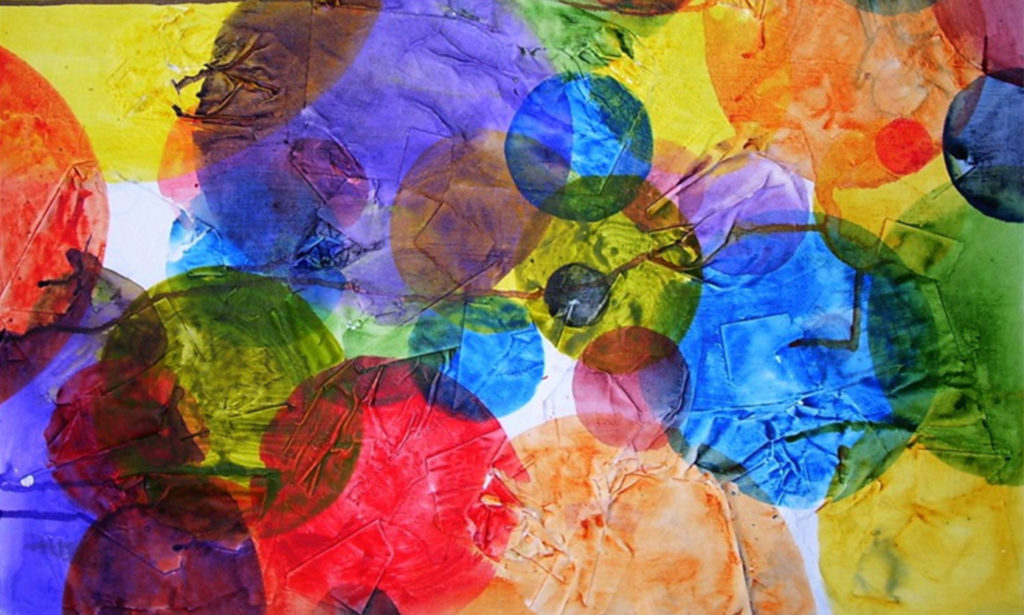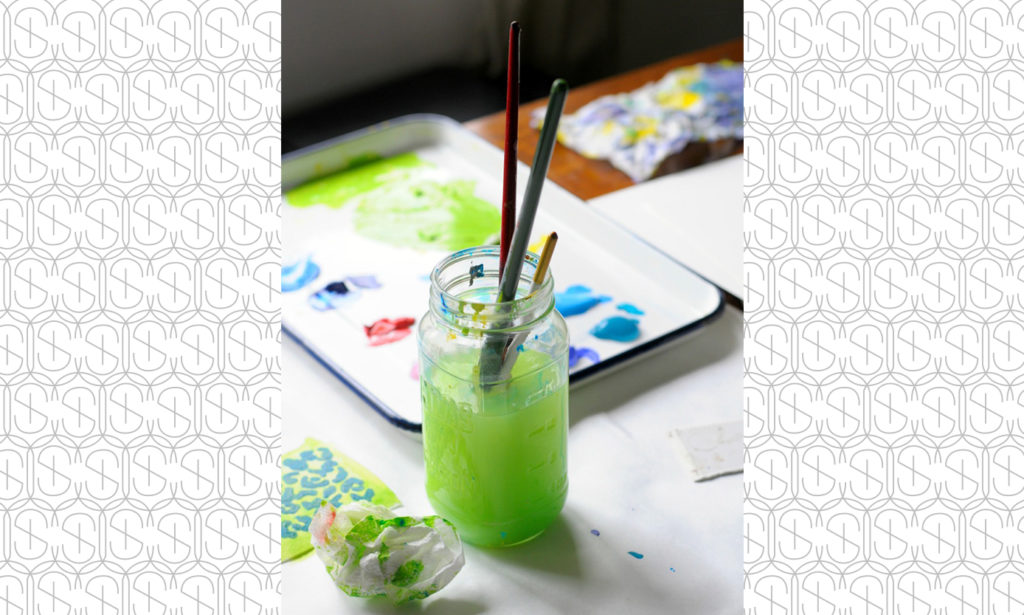Art History Briefing: Acrylic Painting
As artistic mediums are considered, acrylic paint is in its infancy. Developed by house painters looking for a safer alternative to lead-based paints, this medium was quickly embraced by artists for its versatility. New processes and techniques are being explored and exploited by artists of all types today, and it will undoubtedly continue to evolve far into the future.
HISTORICAL DEVELOPMENT
Developed in the 1950s in the construction industry as house paint, the new fast-drying acrylic paint caught the eye of painters immediately. Being water soluble made chemical solvents unnecessary, and the different effects achieved and quick-drying properties made this a hugely popular choice for new artists. By thinning down paints into translucency allowed effects only seen in watercolors, but by layering, more concentrated pigments allowed lighter colors to cover darker.
Though changing color through mixing wet shades of paint is simplified, the speed of drying in this plasticized medium does limit the artist’s window of time to achieve some techniques, such as the wet-on-wet blends which are so important in oil painting’s achieving luminous depth.
Permanent Pigments Company developed the Liquitex line of commercially available acrylic emulsion artist’s paints. The availability to the public of these reliably pigmented, but still blendable, colors was enthusiastically embraced by artists, who until that time primarily had to rely on mixing their own pigments.
KEY FEATURES
The fast-drying properties of polymerized pigments allow artists to fully dry a large completed work in hours, as compared to weeks with oil paints. Though water-soluble when wet, the chemical polymers ‘lock’ into place once dry, finishing to a type of rubbery plastic. This means that mixing and thinning, as well as layering techniques can be used to create watercolor-like compositions, while permitting drying between layers allows compositions with layers of varying opacity to be achieved like oils.
This extreme versatility, combined with the non-toxic formulations, has opened up the world of fine art to be safely available to young artists. Available in reasonably priced craft quality, acrylic paint is often packaged with children’s projects. New liquid pour media varieties of acrylics are being used to make random, abstract one-of-a-kind creations.

USES
The versatility of acrylic paint’s plasticized polymers allows them to be used across a variety of artistic mediums besides paint or canvas. In addition to being used as a finished product on its own, the ease of use and widespread availability of acrylic paints in both artist’s and student’s quality lends it to be used as a pigmentation source in a variety of art and craft ventures.
Acrylic paints can also be added to resin to make durable dimensional creations. Because the plastic polymers are comparatively non-reactive, it can be layered on top of almost any surface to add color, and unpigmented acrylic can be added as a protective sealant layer over other finished pieces. Add to this the developed uses it has been put to including face painting, decorative nail art, airbrushing, fabric screen printing, and you begin to see the incredible versatility of the medium.
FAMOUS ARTISTS
Early adopters of acrylic paint in the art world helped to spread its burgeoning popularity with artists into the mainstream. Andy Warhol’s “Campbell Soup Cans” showcased acrylic’s vibrant colors and achievable realistic images. Jackson Pollock used the quick drying layers, opacity, and adhesion properties to turn splatters, drips and strings of paint into vibrant abstract art.
If you are interested in learning more about Acrylic paints, or other art mediums or movements, we at Sybaris Collection have a number of experts ready to answer questions and guide you toward pieces to compliment your private collection. And a Private ARTclub opens the door to a wide variety of artwork to our exclusive members.




